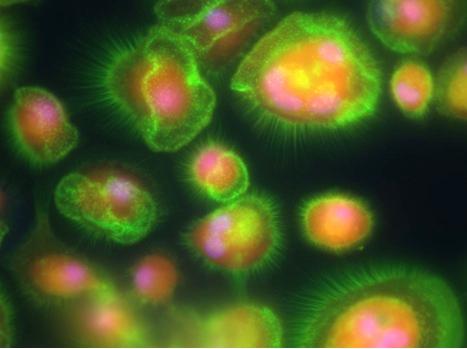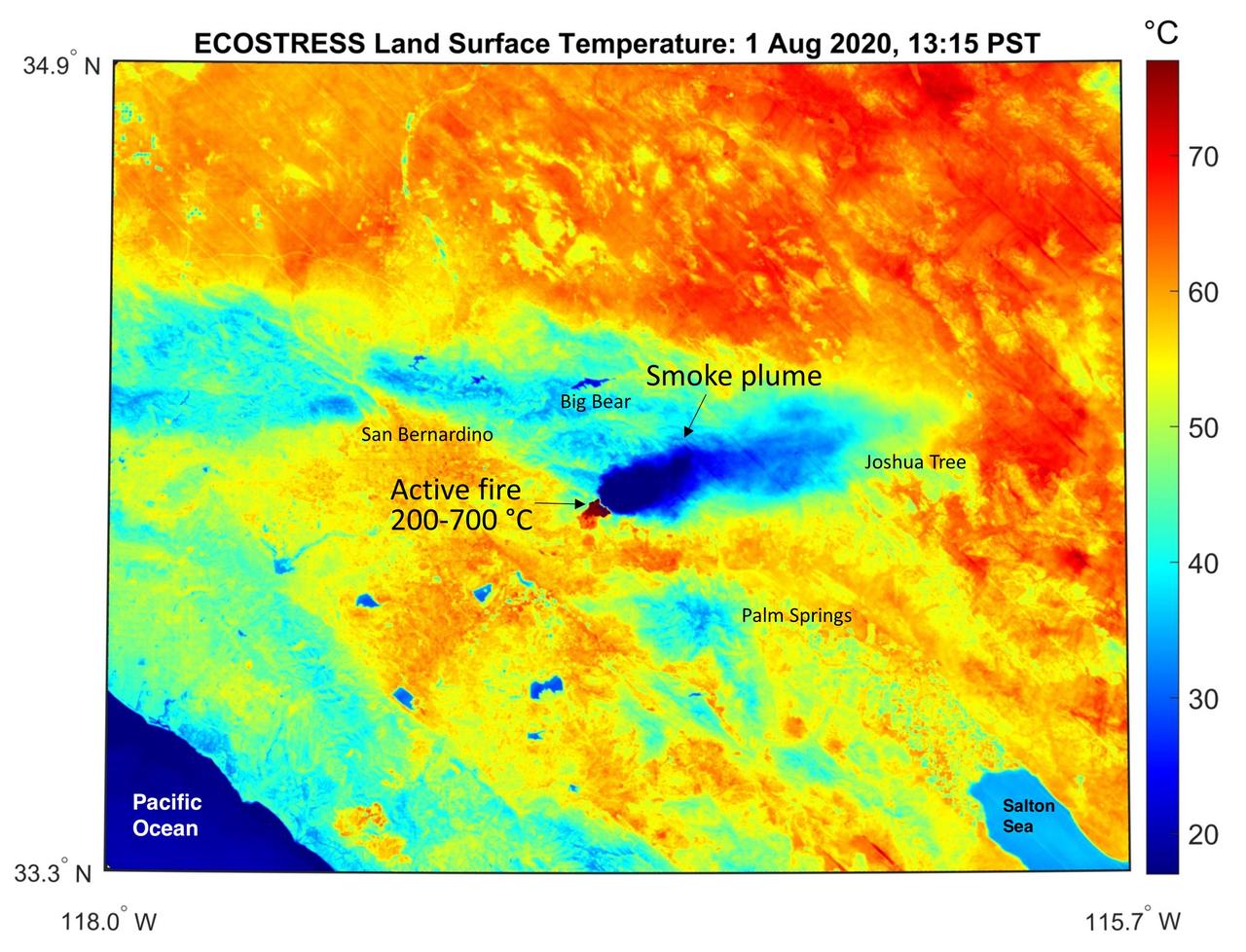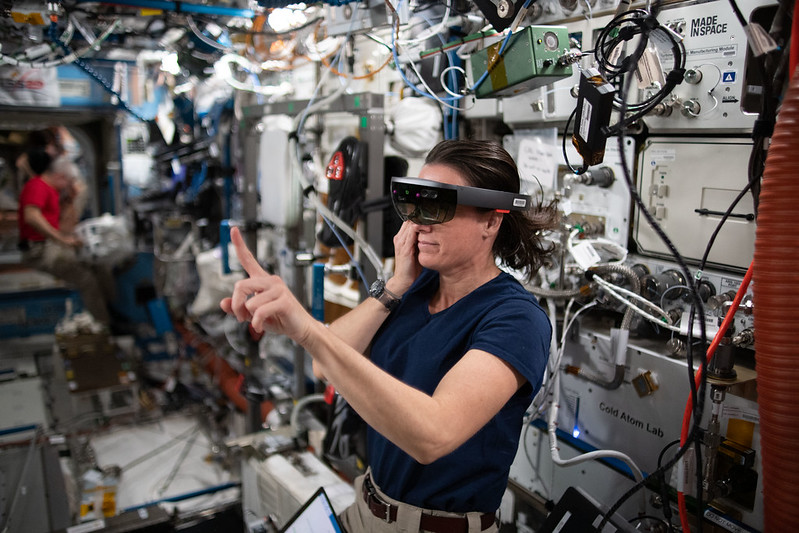Station Science Top News – Sept. 23, 2021
A recent short and long duration microgravity study found that metabolites, a product of metabolism that can serve as an indicator of immune system health, appeared to adapt to microgravity over time. Significant increases found in one metabolite, Ketoleucine, could provide important information for maintaining astronaut health.
The NanoRacks-CellBox-PRIME study has published findings based on short- and long-term microgravity research conducted aboard a suborbital rocket and the International Space Station. To better understand how spaceflight affects the immune system, scientists compared the changes that occurred in metabolite clusters with brief and extended exposure to microgravity. The metabolites used in this study came from macrophages, large white blood cells specialized in fighting illness, and therefore can serve as an indicator of immune system health. Researchers found that both short- and long-term microgravity induced changes in these metabolites, but the effects of long-term microgravity were not as pronounced — possibly showing that metabolites adapted to microgravity over time. One metabolite, Ketoleucine, was significantly increased in both microgravity conditions. Since elevated levels of Ketoleucine do not generally occur in healthy individuals, this research provides information that contributes to maintaining astronaut health.

***
The International Space Station allows us a great vantage point to look down at our own home planet. One experiment aboard station right now is helping to see how effectively plants are using water across the planet: Jet Propulsion Laboratory’s payload ECOSTRESS. ECOSTRESS is helping to understand how efficiently we're using our water across different biomes while factoring in climate change, studying heat in urban areas, and even looking at wildfires. Farmers and foresters are applying that data right now to make actionable change.
Explore this payload in the latest Houston We Have a Podcast episode, Taking the Temperature of Earth.
 This temperature map shows the stressed and dry vegetation surrounding the Apple fire in Southern California on Aug. 1, 2020. The observation was made possible by NASA’s Ecosystem Spaceborne Thermal Radiometer Experiment on Space Station, or ECOSTRESS, that measured the temperature of the burn area and tracked the dark smoke plume drifting east from California to Arizona. Credits: NASA/JPL-Caltech
This temperature map shows the stressed and dry vegetation surrounding the Apple fire in Southern California on Aug. 1, 2020. The observation was made possible by NASA’s Ecosystem Spaceborne Thermal Radiometer Experiment on Space Station, or ECOSTRESS, that measured the temperature of the burn area and tracked the dark smoke plume drifting east from California to Arizona. Credits: NASA/JPL-Caltech
***
Even the most highly trained and experienced person sometimes needs a hand. Aboard the International Space Station, that helping hand comes from other crew members, experts on the ground and, increasingly, in the form of augmented reality (AR) and virtual reality (VR). The ways in which crew members use these tools continues to expand in frequency and scope, including uses in tests like:
· Cold Atom Lab (CAL), the first quantum science laboratory in Earth orbit. The CAL team successfully demonstrated using an AR headset to assist astronauts with upgrade activities.
· Pilote, an investigation from ESA (European Space Agency) and France’s National Center for Space Studies (CNES), which tests remote operation of robotic arms and space vehicles using VR. Results could help optimize the ergonomics of workstations on the space station and future space vehicles for missions to the Moon and Mars.
· The ISS Experience, an immersive VR series filmed over multiple years to document different crew activities, from science conducted aboard the station to a spacewalk. It just wrapped filming earlier this month. ISS Experience uses special 360-degree cameras designed to operate in space to transport audiences to low-Earth orbit and make viewers feel like crew members on a mission, helping inspire the public and increase awareness of the work done aboard station.
Explore more uses of AR and VR aboard station in a recent feature story.

NASA astronaut and Expedition 65 Flight Engineer Megan McArthur wears the specialized Sidekick headset and tests using augmented reality aboard the International Space Station. Credits: NASA







